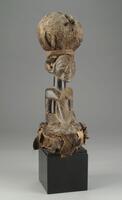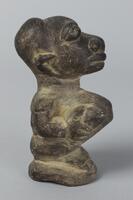49 UMMA Objects
49 UMMA Objects
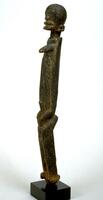
Dogon (Dogon (culture or style))
Female Ancestor Figure
1900 – 1971
Museum Purchase assisted by the Friends of the Museum of Art
1971/2.24
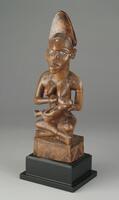
Yombe (Yombe (culture or style))
Mother and child figure
1885 – 1895
Gift of Candis and Helmut Stern
2005/1.187

Yaka (Yaka (Kwango-Kwilu region style))
Figure
1915 – 1925
Gift of Candis and Helmut Stern
2005/1.193
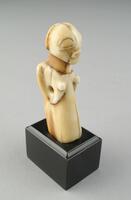
Luba (Luba (culture or style))
Power Figure
1845 – 1855
Gift of Candis and Helmut Stern
2005/1.220.1
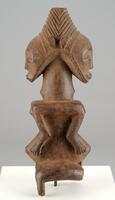
Hemba (Hemba (culture or style))
Power Figure
1865 – 1875
Gift of Candis and Helmut Stern
2005/1.226
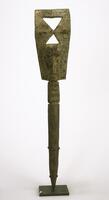
Igbo (Igbo (Southern Nigerian style, culture))
Staff
20th century
Gift of Margaret H. and Albert J. Coudron
2001/2.43

Dogon (Dogon (culture or style))
Standing Female Figure
1950 – 1999
Gift of Mary Paul and Bruce Stubbs in honor of Evan Maurer
2016/1.208

Chokwe (Chokwe (culture or style))
Caryatid stool
1850 – 1899
Gift of Candis and Helmut Stern
2005/1.204

Papua New Guinean
Ancestral Figure
Museum Purchase assisted by the Friends of the Museum of Art
1971/2.50
Loading…
